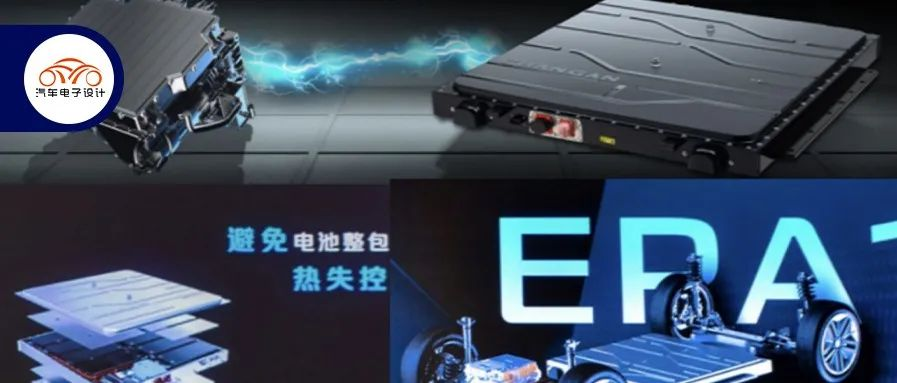Translation
Author: Zhu Yulong
Recently, the Changan Shenlan SL03 has officially launched with a price range of 168,900-699,900 yuan (including three power modes – PHEV, BEV, and FCV). This is a typical compatibility platform. The price of PHEV is 168,900 yuan, and the two versions of BEV with different mileage ranges are priced at 183,900 yuan and 215,900 yuan, respectively. According to statistics from Shao Jun, out of 10 customers, 6 chose the 515km version priced at 183,900 yuan, 3 chose the PHEV version priced at 163,900 yuan, and only 1 went to see the longer mileage version priced at 215,900 yuan. This actually triggered our thinking.
The current core issue is whether the ultra-high cost-effective Model 2 in the eyes of Elon Musk and Tesla can compete with Chinese companies after removing intelligent assisted driving and some advanced configurations. That is to say, with everyone focusing on the extreme cost performance of electrification, can the classic version “Model 3” with simple configuration and pricing between 150,000-200,000 yuan withstand the competition?
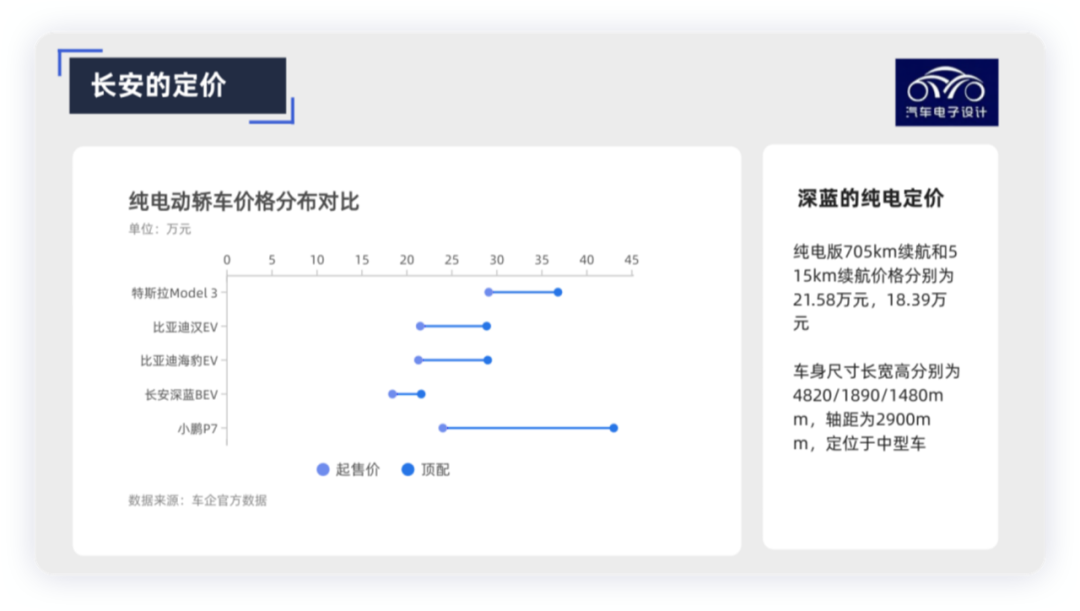
Shenlan new energy vehicle platform
Due to its compatibility with PHEV (EREV), BEV, and FCV, Changan’s platform is actually a compatibility design. What I don’t understand at the moment is why, under the current situation where the batteries and driving system costs are similar, Changan can have such a low price. In terms of the battery supporting system of the new energy passenger car declared by Changan Motors, Zhongchuang Xinhang and CATL (Ningde Times) provide power battery supporting for pure electric and PHEV versions of Shenlan. The pure electric version of Shenlan initially used Zhongchuang Xinhang’s high-voltage ternary lithium-ion battery, which seems to be somewhat inconsistent with the current price range of 1.1-1.2.
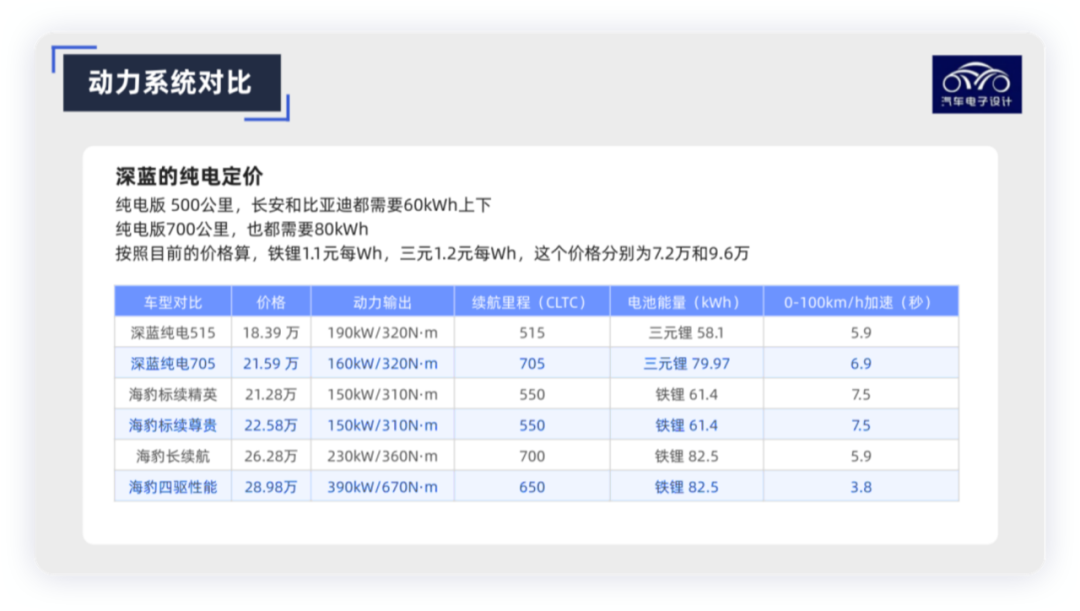
As shown in the figure below, the design of this battery system is also compatible. The technical aspects of the battery include:
- Micro-nuclear high-frequency pulse heating technology, which uses electrically driven IGBT to rapidly turn off and produce large current switches with fast positive and negative changes. This technology heats the battery quickly and uniformly when the internal resistance of the battery is large at low temperature. At -30℃, the battery heating speed can reach 4℃/minute, which improves the low-temperature power performance by more than 50% and shortens the low-temperature charging performance by more than 15%.
Note: It is not yet clear whether the actual noise problem of this technology is affected.- The iBC digital battery steward can effectively avoid battery thermal runaway. By optimizing and monitoring the cell selection and manufacturing process comprehensively through both cell cloud BMS dual monitoring, the probability of thermal runaway of the cells and the overall assembly is close to zero. In terms of passive safety, the technology is achieved through cell insulation, efficient heat dissipation, transient pressure relief, etc. (This technology is similar for every manufacturer).
What I cannot understand is that currently, 60 kWh vehicles are either priced lower for older models, or this new platform is reducing prices. Where does the ability come from without having the right to speak on battery costs?
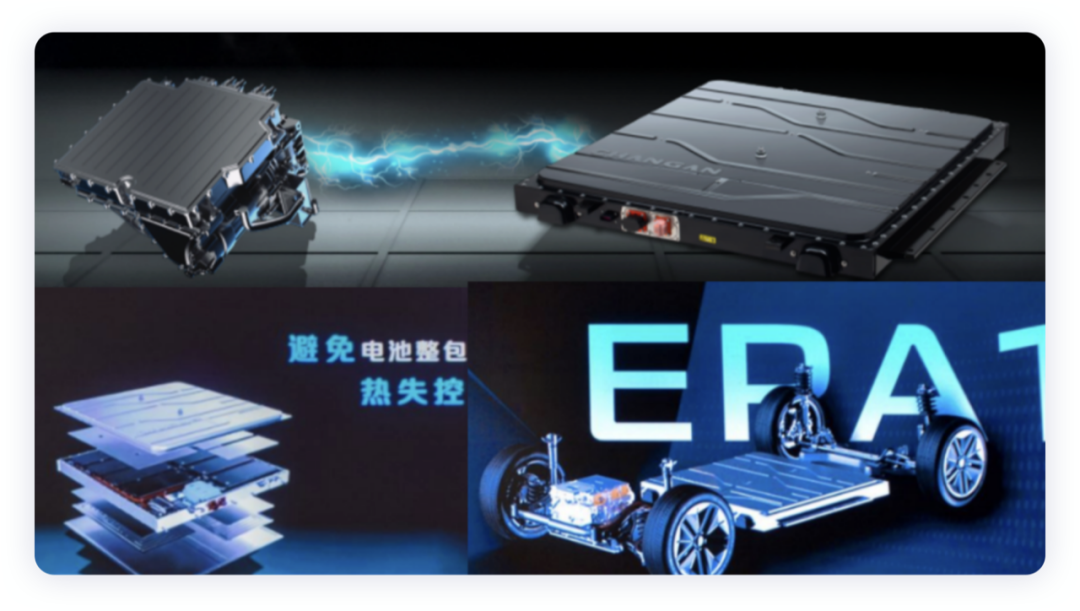
In fact, we see the focus of the campaign is that this super-set electric drive system has eight-layer flat wire winding, rotor double V topology structure, ultra-low resistance leads, adaptive control algorithm, low resistance topology structure technology, and the electric drive system can achieve 95% system maximum efficiency.
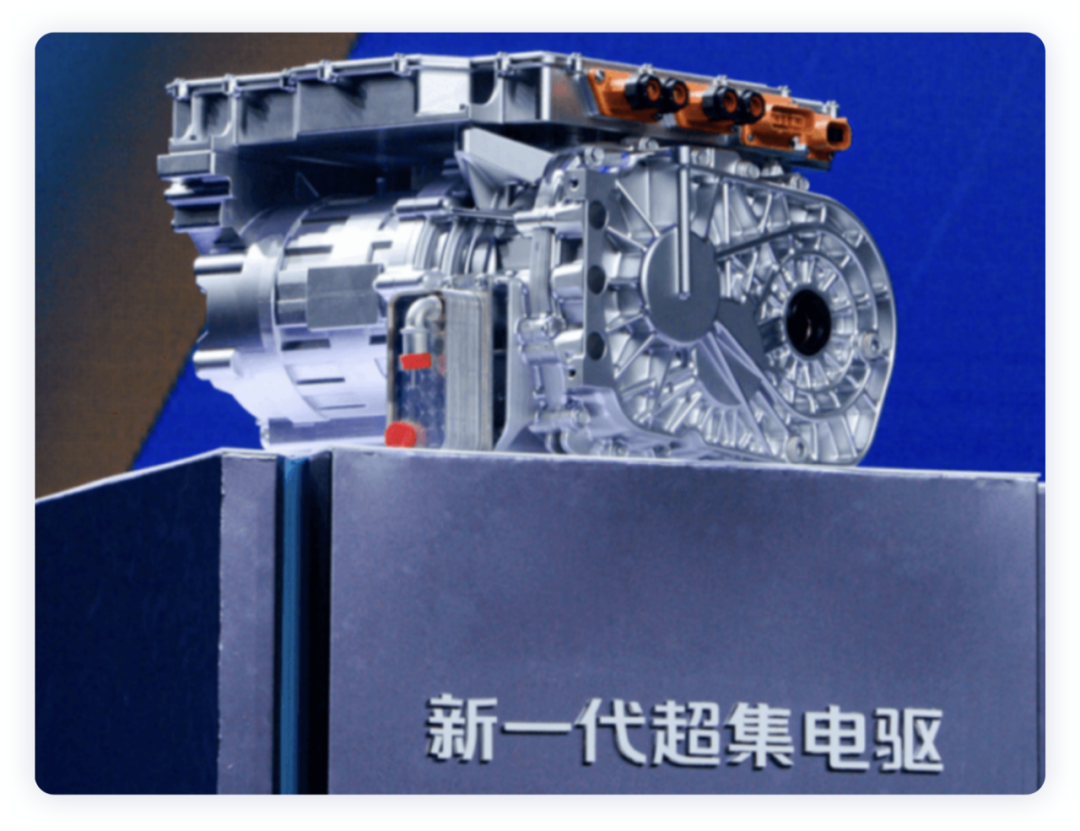
On this EPA1 platform, the latest generation of domain-control electrical and electronic architecture is also introduced, with three major domain-control functions of vehicle control domain, cabin domain, and autonomous driving domain, achieving OTA upgrades for all nodes controllable by the whole car (within 3 minutes), and the design of dual partition software for the cabin can avoid situations where OTA fails and the vehicle cannot be used normally. It is worth further examining the intelligent vehicle domain controller “Changan Wisdom Chip”. The intelligent cabin solution uses the Hypervisor domain control solution, using the Qualcomm 8155 chip.

Although there is some doubt, I still kindly believe that this car can be delivered in large volumes normally.
What do consumers choose, intelligent or pure electric with high cost performance?
A problem we are discussing is that we previously believed in the Tesla Model 3 price dropping all the way to 220,000 yuan, and then continuing to decrease. That is, we envisioned that Tesla would expand the pure electric vehicle market with everyone, especially with Model 2, at lower prices than Model 3. Suddenly, everyone seems to see the expectation below 150,000 yuan, but with the change of battery price system, this seems to be unattainable.Compared to 2021, the price of lithium salt raw materials for power batteries has basically doubled, leading to a significant increase in the price of power batteries. Prior to 2021, prices were calculated on an annual basis, so compared to December 2021, the price of battery packs in May 2022 are as follows:
- 523 three-element battery increased by 11.3%
- 523 three-element battery increased by 11.9%
- Lithium iron phosphate battery increased by 37.3%
Note: The price system here is for reference only. The actual price increase of battery cells is even greater.
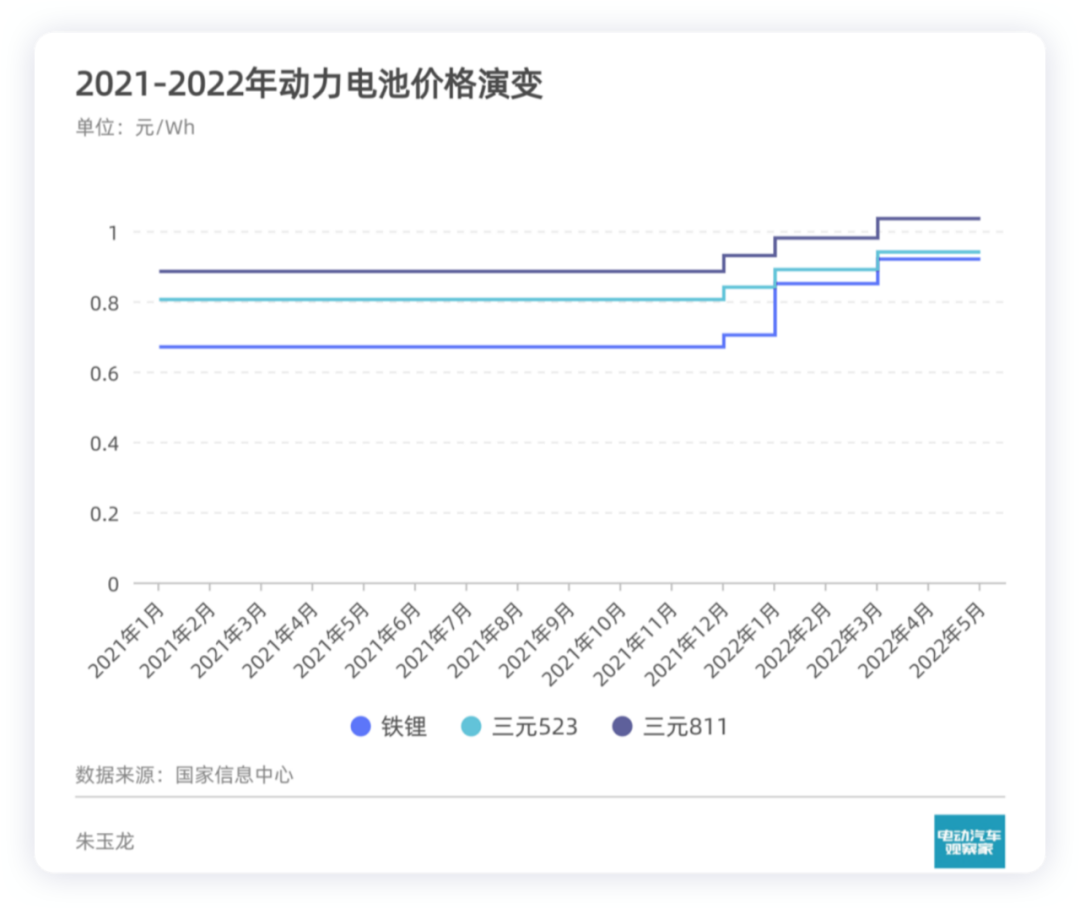
In other words, in this round of addition, the Deep Blue model has also added new EE architecture, perception and assisted driving systems. My question is, can they still control the price within 200,000 yuan? For competitors like NETA S and Lengpao C01, who may reduce the price due to fluctuations in battery prices, what kind of butterfly effect can be brought by a price-controlling opponent? Among 10 consumers, 6 chose the model with 515 kilometers of range and a price of 183,900 yuan, 3 chose the plug-in version for 163,900 yuan, and only one looked at the long-range version for 215,900 yuan, which actually sparked our thinking.
Consumers, especially realistic ones, consider pure electric vehicles, but are more concerned about the price and are willing to sacrifice some intelligent features for it. However, for them, a product with a dedicated platform and some intelligent functions is needed. Consumers know that old models cannot keep up with the times and they need new ones. But the prices of new models are not cheap. This kind of new platform with moderate prices has become a hot commodity.
Summary: From the choices of consumers, we can see their basic demands at the current stage.
This article is a translation by ChatGPT of a Chinese report from 42HOW. If you have any questions about it, please email bd@42how.com.
